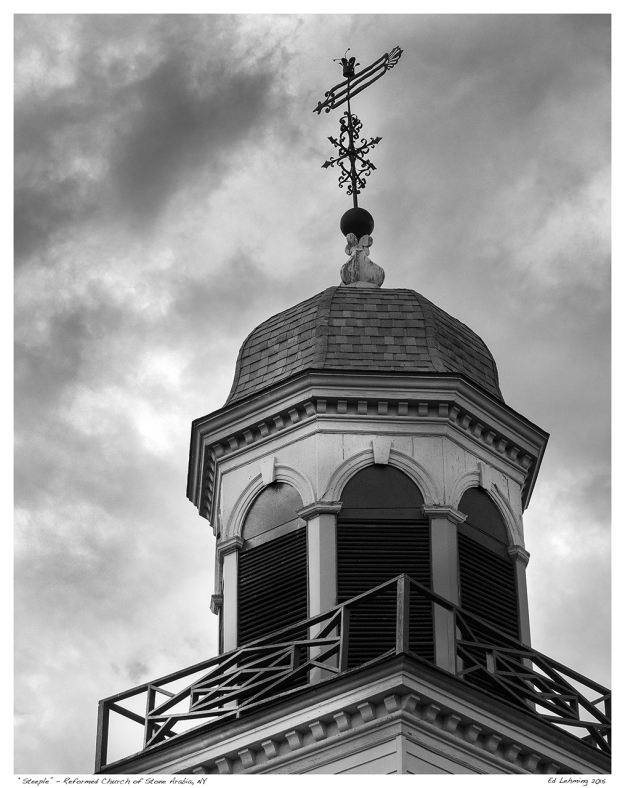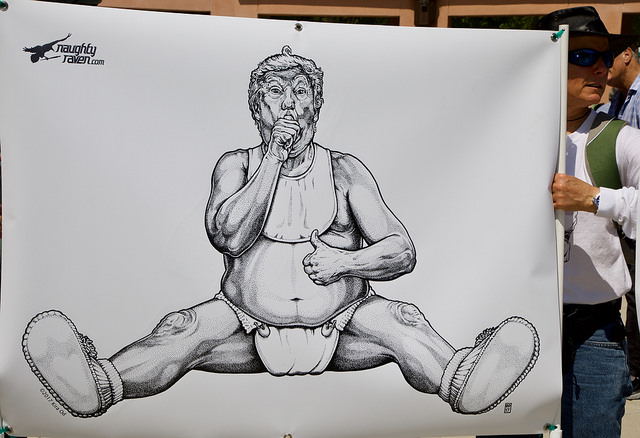“Oh god, I thought, can nothing in this jungle behave as it ought? Must fruits move and trees breathe and freshwater rivers taste of the ocean? Why must nothing obey the laws of nature? Why must everything point so heavily toward the existence of enchantment?”

I’ll say it once and I’ll say it again: there’s not much I love more than a good epigraph and Hanya Yanagihara starts off with a doozy from Shakespeare’s The Tempest. I first picked this book up from Seattle’s Elliot Bay Book Company, when I was with a friend who was visiting to pick up Yanagihara’s first novel, A Little Life. I saw The People in the Trees sitting there and, having loved her writing style in the aforementioned novel, I decided I had to read it and bought it spontaneously on the spot.
I immediately liked it from the epigraph, as I mentioned. Yanagihara’s writing style is unique and utterly beautiful, like art on the pages. In this novel, she has constructed a fantastic land and story, loosely based on Dr. Gajdusek’s expeditions in Papua New Guinea, who identified a fatal disease and eventually won the Nobel Prize in 1976. In 2008, he was imprisoned for sexually abusing one of the native children (out of dozens) that he had adopted. The preface from the onset of the novel, following a startling news release that the famous scientist, Norton, has been imprisoned for sexual abuse, is from the protagonist’s dear friend, Ron, and is intriguing and creates a good amount of suspense, propelling the reader to continue on with the story, wondering how and why such a brilliant mind like Norton came to be accused of sexual abuse and forced to recall and write his life story to Ron from prison.
In my opinion, one of the most interesting aspects about the book is the near omniscience of Ron, who adds footnotes throughout the story. For me, as a reader, it created a sense of suspicion, wondering whether Ron could have edited anything out, taken creative liberties, etc. It also made me wonder why Ron was so insistent upon and invested in Norton’s story. Throughout the tale, I became increasingly convinced that both Norton and Ron were unrealiable narrators, although Ron convinced me slightly otherwise at the very end, when he ended up including the one letter from Norton that he had originally and purposefully taken out of the memoir.
Let us not forget the main story line, which is Norton’s and is also told eloquently and brilliantly. Yanagihara has created an odd protagonist that is not, in my opinion, at all likeable. Through the series of letters to Ron, he tells the story of his ascent and descent, of his rise and downfall, of his accolades and accusations, of his pride and his shame. It is quite an interesting read and a fantastic story, one that kept me intrigued, as the basis of the story seems to essentially be centered around colonization and its grave effects, particularly in regard to this tribe, the Ivu’ivuan, and Norton’s discovery of “the dreamers”, who have achieved immortality, but at a high cost.
The story is fantastic and inventive, yes, but it is also a cautionary tale, both of colonization and society’s fascination and obsession with achieving immortality. Yanagihara manages to establish verisimilitude, or the appearance of truth, a characteristic I am quite fascinated by, ever since reading Tim O’Brien’s The Things They Carried. How many times throughout history have colonizers, typically unwelcome, made themselves welcome on foreign lands, home to natives, and completely disrupted, damaged and devastated their former way of life? How many times throughout history have these colonizers made “discoveries”, claiming these as their own, becoming famous and rich and lauded with praise, admiration, gifts and prizes?
Overall, this story was extremely well-composed, with characters shrouded with ambiguity and a fantastic, cautionary tale told by an entirely unlikeable protagonist, with the help of his equally strange and unlikeable friend.
overall rating: 3.5 out of 5
Advertisements Share this:




